Safe Drinking Water in Emergency Preparedness
In times of emergency, access to safe drinking water becomes a concern. Disasters such as natural disasters or infrastructure failures can contaminate water sources, making them unsafe for us. Check out these safe drinking water in emergency preparedness ideas so you always have water on hand when you need it most. This is an important part of your family’s emergency response plan and it should be reviewed periodically.
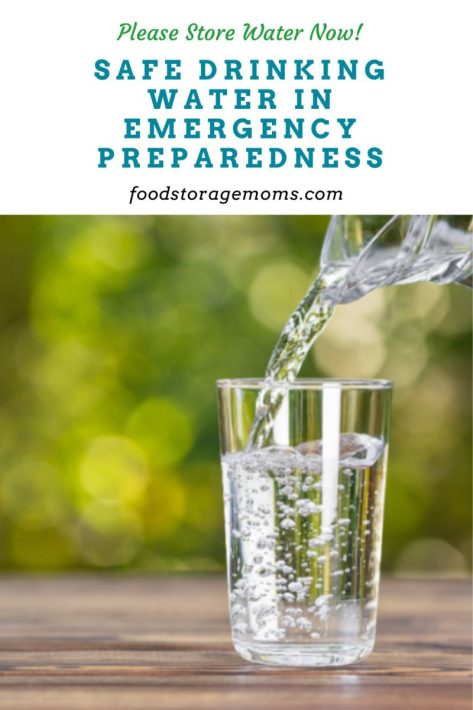
1. Assessing the Situation
Before determining the safety of water during an emergency, it is important to first assess the situation. Consider the type of disaster that has occurred and its potential impact on water sources. If there has been significant damage to infrastructure or if flooding has occurred, water supplies may likely be contaminated. 8 Important Benefits of Clove Water
2. Potential Contaminants
Water can become contaminated with various substances during an emergency. Some common contaminants include bacteria, viruses, parasites, chemicals, and heavy metals. Understanding the potential sources of contamination will help you identify the necessary steps to ensure the safety of drinking water. Best Plastic Containers for Food Storage
Water can also be contaminated by things you can actually see in the water like dirt and debris. This type of water emergency can be cleared up by using something as common as a coffee filter or a clean cloth to remove the items. The challenge is knowing what else is in the cloudy water in your sink bowl or toilet tank.
That’s why other measures as listed below are critical to your family’s safety as you address the prevention of contaminants in your drinking water, including your emergency water supply.
3. Boiling Water
One of the most effective methods to make water safe for consumption and disease control is boiling. Boiling water kills most types of pathogens, including bacteria and viruses. How to Use Rain Water at Home
To boil water:
- Fill a pot or kettle with water from a reliable source.
- Bring the water to a rolling boil for at least one minute.
- Allow the water to cool before transferring it to a clean container.
4. Using Water Purification Tablets
Water purification tablets are another option for treating water during emergencies. These tablets contain chemicals that can kill harmful microorganisms. Follow the instructions provided with the tablets for proper usage. It is important to note that water purification tablets may not be effective against certain types of chemical contaminants. How To Store Water-Pros And Cons
5. Filtration Techniques
Water filtration can effectively remove larger particles and sediment from water sources. There are various types of water filters available, including portable ones for emergency use. Look for filters specifically designed to remove common contaminants found in your area. It is important to regularly clean and maintain or replace your water filter(s) to ensure their effectiveness. The Best Portable Water Filtration Unit
6. Chemical Disinfection
In situations where boiling or filtration is not possible, chemical disinfection can be an alternative method. Chlorine bleach can be used to disinfect water. The Versatile Uses of Bleach for Prepping Water treated with chlorine bleach should be replaced every six months to maintain effectiveness. Taste may be a factor to consider when using household liquid bleach.
- Use unscented household chlorine bleach.
- Add 8 drops (about 1/8 teaspoon) of bleach per gallon of water.
- Stir well and let it stand for 30 minutes.
- If the water does not have a slight chlorine odor, repeat the dosage and let it stand for an additional 15 minutes.
7. Testing Water Quality
If you have access to testing kits, it is advisable to test the water for quality before consuming it. These kits can detect various contaminants, including bacteria, viruses, and chemical substances. Testing can ensure that the water is safe. In situations where testing kits are not available, using multiple treatment methods such as boiling and filtration can increase the likelihood of removing contaminants. Strategies for Conserving Water in an Emergency
Are there any portable water filters or purification devices I can use during emergencies?
Yes, there are various portable water filters and purification devices available specifically designed for emergencies. Look for products that can effectively remove common contaminants found in your area, such as bacteria, viruses, and chemicals. Research and choose reputable brands that have been tested and approved by reliable sources.
I have products from Big Berkey and PortaWell that I like. They each have pros and cons, so research both before you make a purchase. For example, the Big Berkey products use gravity to draw the water through the filters. The PortaWell units are based on a pump system. Price is also a factor to consider.
Is water from my water heater safe to use in emergencies?
If the water coming into your home from the local water utility has been contaminated, then the water in the hot water tank is contaminated. If you use a good quality dish soap you should be able to wash dishes with the water, but the water isn’t hot enough to kill all contaminants like boiling does. Use boiled water when brushing your teeth or making any kind of beverage for consumption.
How can I store water for emergencies?
It is advisable to store at least one gallon of water per person per day for a minimum of three days in case of emergencies. As you know I recommend four gallons per person per day so you can maintain hydration, perform limited personal hygiene, and do small laundry tasks. Use clean, food-grade water storage containers with tight-fitting lids to store water. Avoid containers that can leach harmful chemicals.
Try to use a storage container that states it is BPA-safe. BPA is a chemical often found in plastic containers and has been found to be harmful when consumed by humans.
Store water in a cool, dark place away from direct sunlight and chemicals. Place the containers on 2 by 4s so the chemicals from the concrete or soil will not leach into your water bottles or jugs.
More Water Safety Tips
- Is Tap Water Safe to Drink?
- Creative Water Storage Solutions for Emergencies
- Food Safety Tips During an Emergency
Final Word
During emergency preparedness, ensuring access to safe drinking water is of utmost importance. Having safe drinking water in emergency preparedness is a vital part of all emergency plans. Remember, assessing the situation, boiling water, using purification tablets, filtration techniques, and chemical disinfection are effective strategies to ensure the safety of drinking water.
Stay informed, be prepared, and prioritize the health and well-being of yourself and those around you. May God Bless this World, Linda
Copyright Images: Water Pouring In Woman’s Hand AdobeStock_132974055 By Ipopba, Water Pouring in Glass AdobeStock_298780124 By Alter_photo

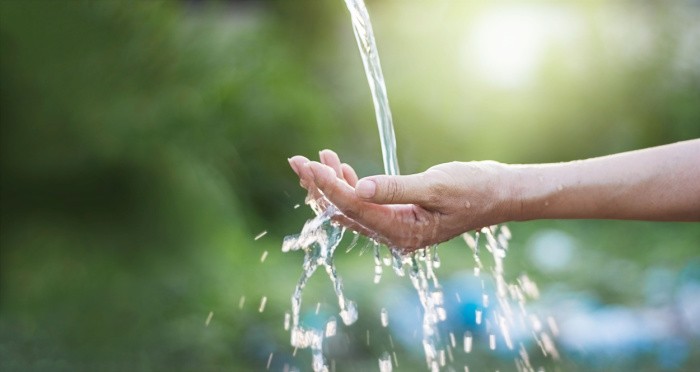

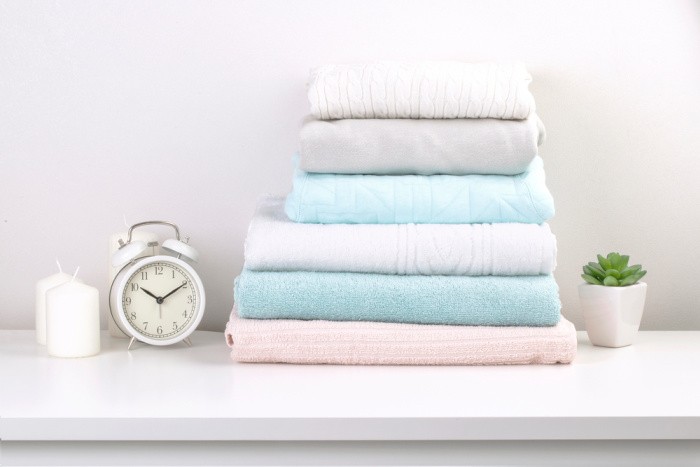
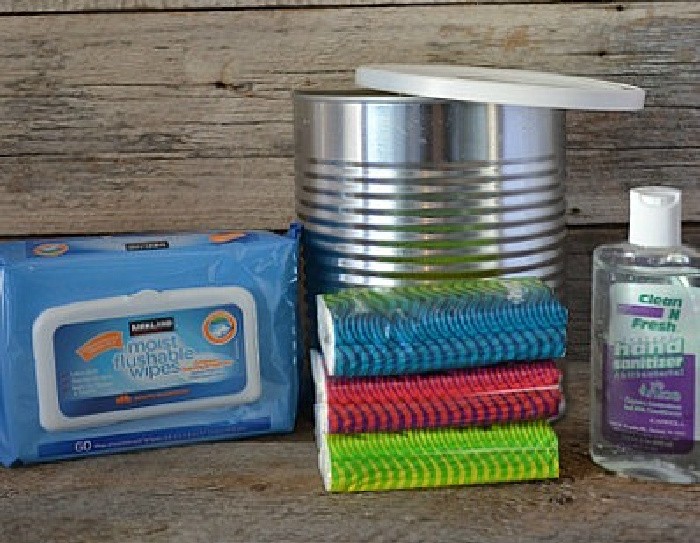
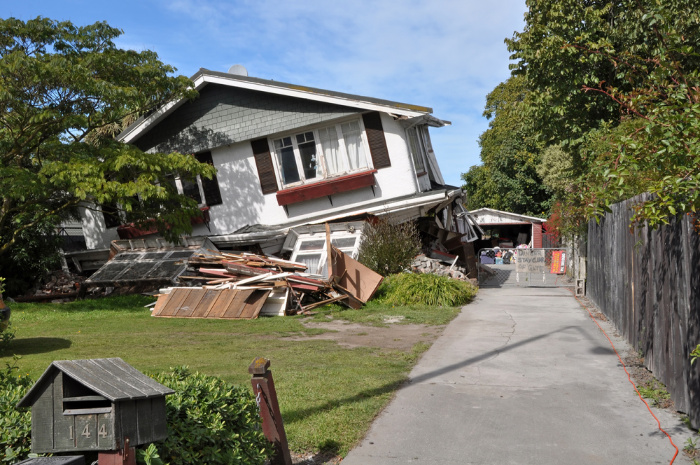
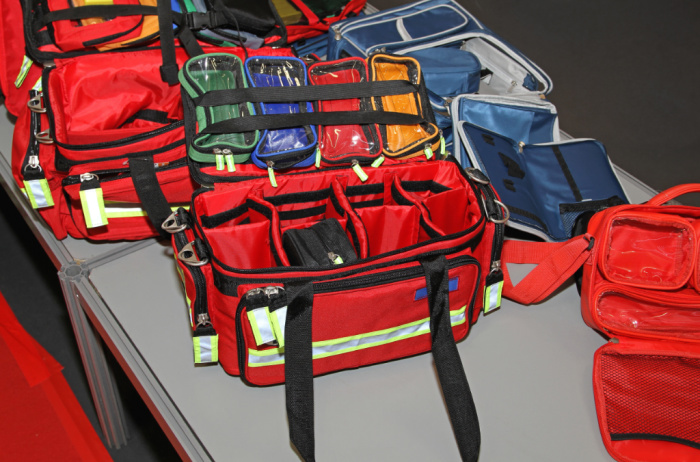
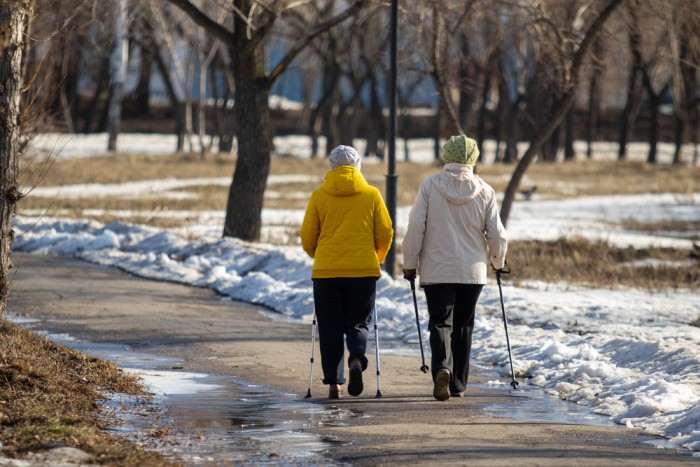
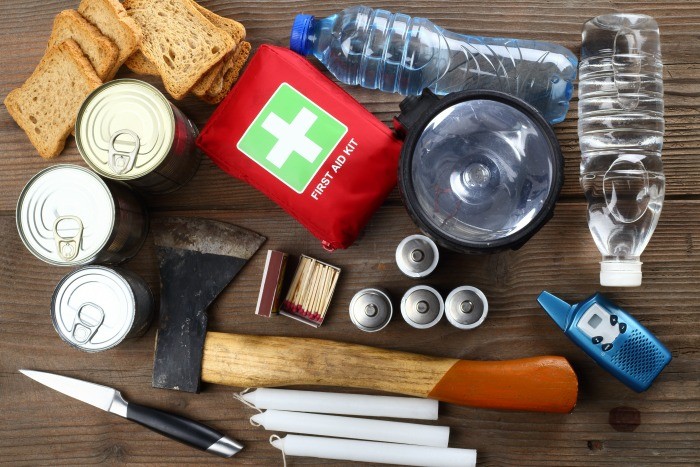














Water is every important to have, and knowing the options to have clean water.
Also know this: As a general rule of thumb, a person can survive without water for about 3 days.
Also installing a Reverse Osmosis systems in you water from the kitchen sick will remove about 99% of potential bad items.
HI BJ Zinn, I totally agree with the Reverse Osmosis systems, I wish more people would get them, great tip! Linda
Remember that water filters will freeze and become useless so plan accordingly when you do filter.
They also can crack when they do freeze and let in containments so be careful with that as well.
And I hate doing it but canteen in the sleeping bag in cold weather. I made the mistake as a young soldier of letting mine freeze up with several days of sub freezing temps to go so even when we got water I couldn’t store it.
HI Matt, wow! The canteen was frozen, sub freezing temps are the worst. Great tips on the cracked filters, yep they will not work as needed. Linda
It is very important if boiling water to boil for only a minute or if you are at an elevation over 5000ft, up to 3 minutes. Any longer and the minerals (and chemicals) in the water become more concentrated. Be sure to filter your water prior to boiling though so you eliminate any debris – this can be done through a filtering device, sand (clean) or tightly woven cloth such as muslin. Pour your boiled water into a clean container and let the water cool prior to use.
Boiling filtered water prior to drinking is essential in an emergency but keep in mind that you also do not want to use contaminated water for hygiene purposes – filtered and boiled water is best!
Hi Leanne, great comment about the elevation, good reminder!! You are so right about contaminated water do not use it for hygiene purposes or anything else for that matter. This is why it’s so critical to know how to filter, store more water than you think you may use. If a person would just take one day and think about how many times they drink water (ounces each time), how much they cook with, shower with and how many times the toilet is flushed each day. Of course, after a disaster we would use a whole lot less water, but it will make you realize how water YOU DO USE in just one day. Linda
Been awhile since I’ve commented…just been a little busy but this was a good page for me to read, refresh. One of the odd things I do is to fill plastic jugs with water and put them behind and under my toilet tank, most simply for flushing, but I’ve been getting bleach in the smaller bottles which we could use for handwashing/personal hygiene since they are lightweight when filled, versus a gallon jug. I mostly use laundry jugs as they fit easier than milk jugs plus last a long time, don’t degrade. It’s rather amazing the amount of jugs that can fit in the floor space under a toilet tank.
Hi Wendy, oh you are so right, I will now look at how many 1/2 gallons I can fit behind the toilet tanks. Laundry jugs are so thick they will last longer than regular milk jugs. Good idea! Linda
Linda,
A combination of reverse osmosis and an Aquarain water filter will remove mineral contaminants as well as any harmful germs. Aquarain’s ceramic and activated charcoal filters have absolute pore sizes of .2 microns. Every other filter I researched has only nominal pore sizes (meaning some pores are still large enough to allow harmful elements through. Many people I know who originally bought Big Berkey’s are now using Aquarain Filters in them.
Hi Ray, oh my gosh this is good to know, if the filters are interchangeable, I say go buy some Aquarain if the Big Berkey ones are not available. This is great news! Everyone has got to purchase a Reverse Osmosis unit, an Aquarain, or a Big Berkey if they are still available. I will try and call them to today to see if they have been shut down, their website says they are still open despite the lawsuits or whatever. Thanks Ray, Linda